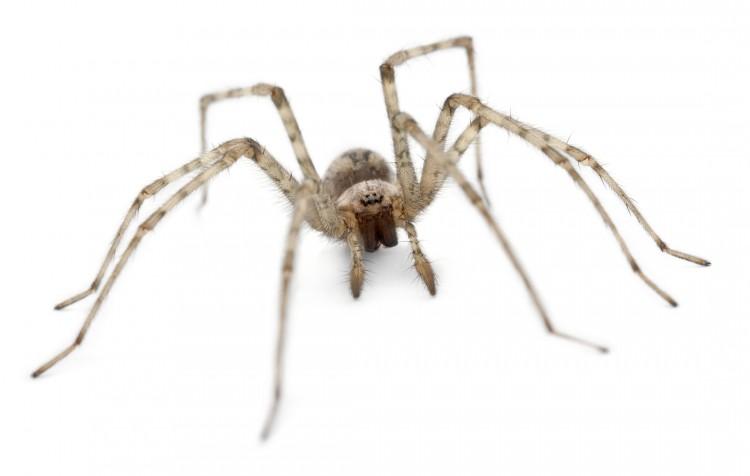A unique Early Cretaceous fossil found in Myanmar contains a spider poised to attack a wasp around 100 million years ago.
The orb weaver spider, the parasitic wasp, and at least 15 intact strands of spider silk, are all captured inside the Burmese piece of amber.
“This juvenile spider was going to make a meal out of a tiny parasitic wasp, but never quite got to it,” said George Poinar Jr., a professor emeritus at Oregon State University, in a press release.
“This was a male wasp that suddenly found itself trapped in a spider web.”
Interestingly, part of an adult spider is present in the fossil on the same web, which is the oldest known evidence of sociality in spiders.
Nowadays, social behavior in spiders is quite unusual with most species being solitary and even cannibalistic.
The resin engulfed the creatures in the split-second just before the juvenile spider was about to catch the wasp.
“This was the wasp’s worst nightmare, and it never ended,” said Poinar.
“The wasp was watching the spider just as it was about to be attacked, when tree resin flowed over and captured both of them.”
The research was published in Historical Biology.
The Epoch Times publishes in 35 countries and in 19 languages. Subscribe to our e-newsletter.






